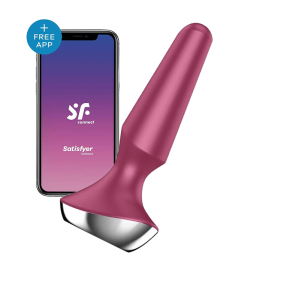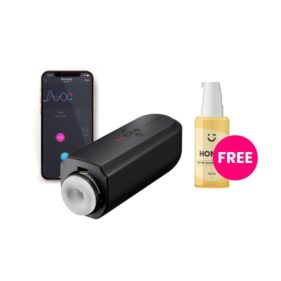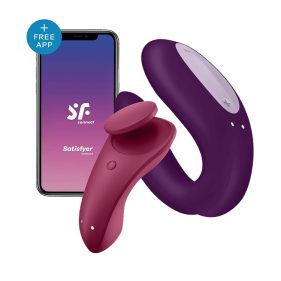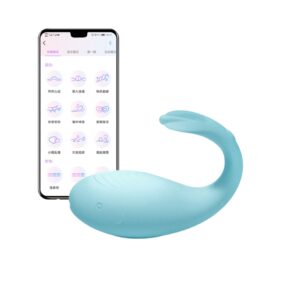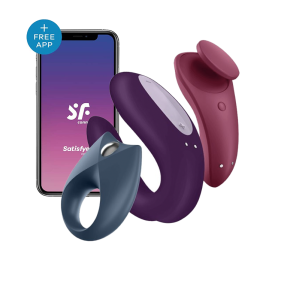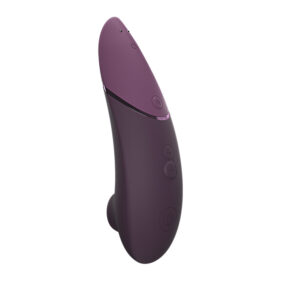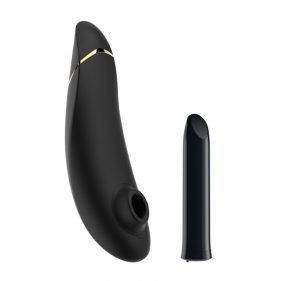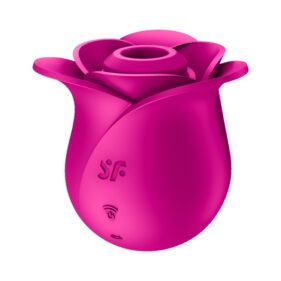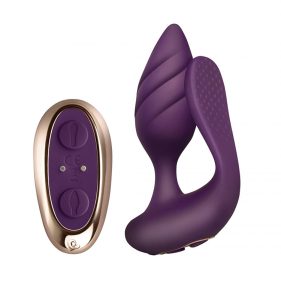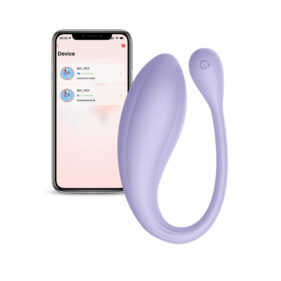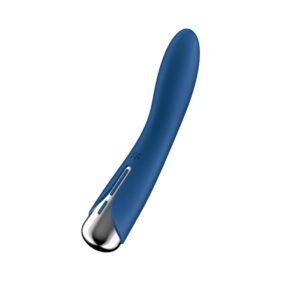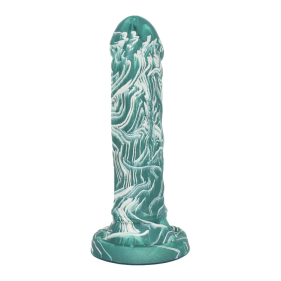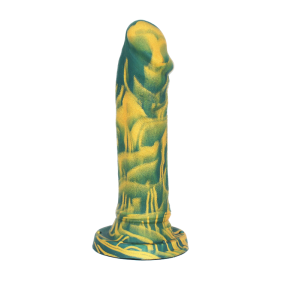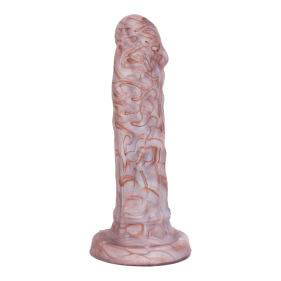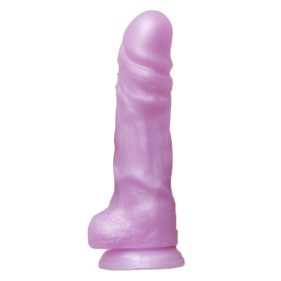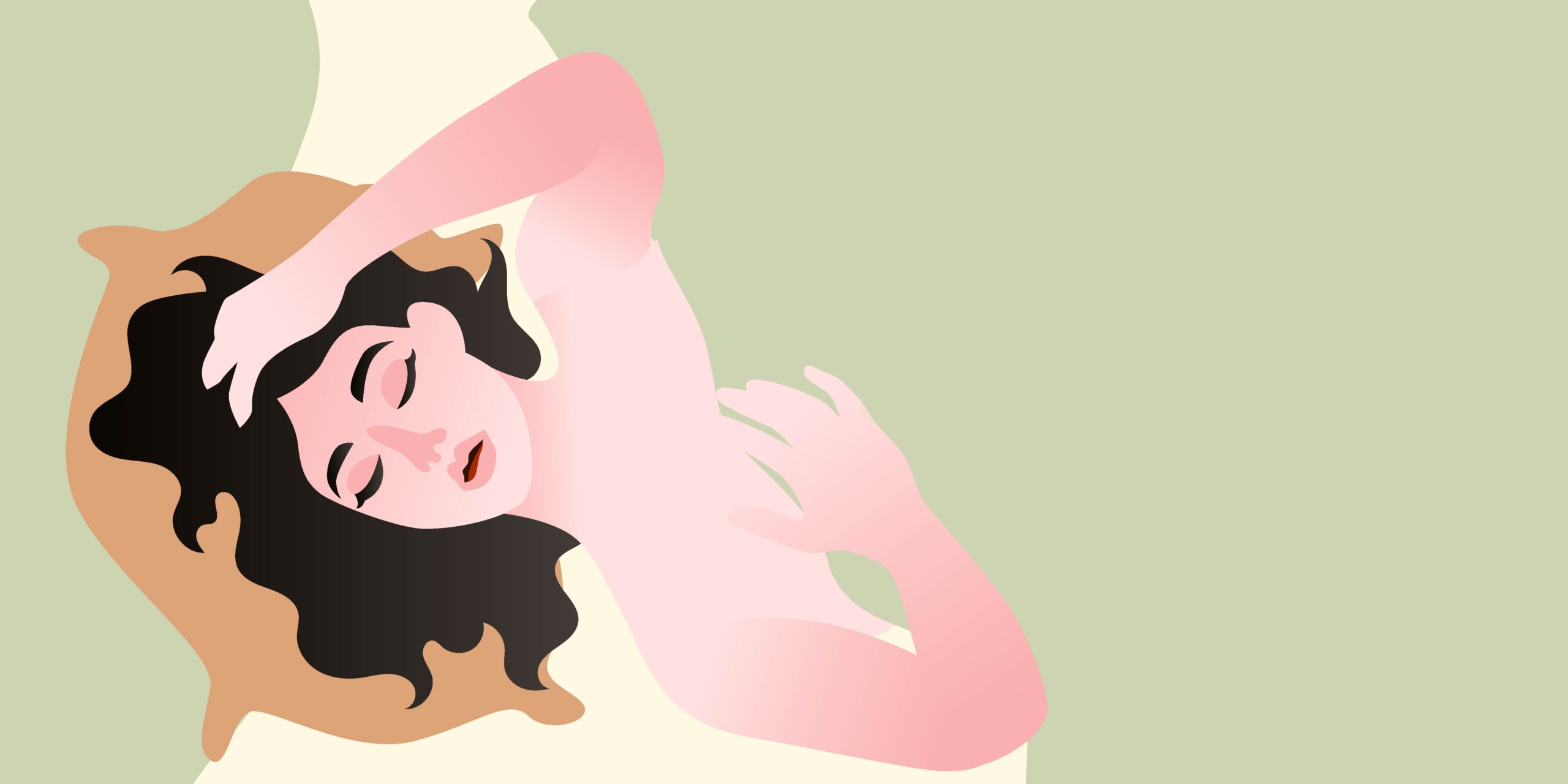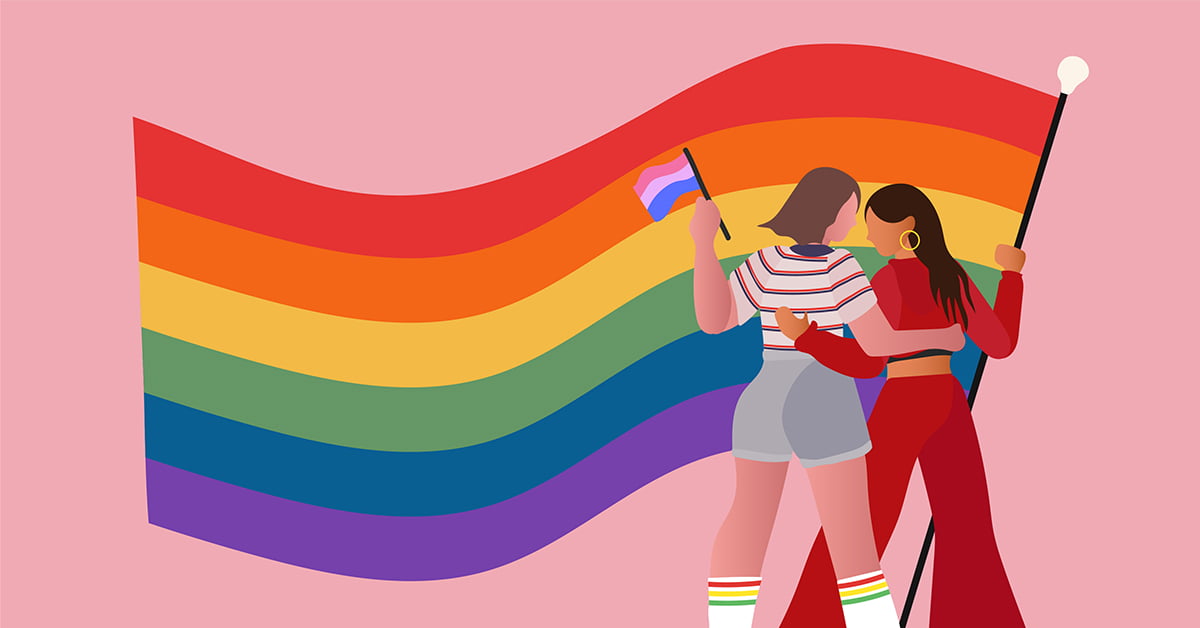
As we celebrate pride month, you’ve seen a variety of pride flags being waved in parades and events. You might think that these flags are representing how colorful the LGBTQA+ Community is but there are deeper meanings behind it.
With this brief guide, we will be discussing the different LGBTQA+ flags. We will talking about the origins up to the meaning of each represented color. But before we dive in, let’s have a quick refresher about pride flags and their significance.
What are Pride Flags?
Pride Flags are one of the ways one can represent their gender identities. Though there’s a general flag for the whole LGBTQA+ community, which is the rainbow flag, they wanted to showcase flags per spectrum. This is to bring awareness to each gender identity, as well as bring the community closer than ever.
Though various LGBTQA+ flags have emerged ever since the pride activities started in 1970, pride flags became more popular in the 2010s. By this time, more people become open with their non-conforming sexual orientations. Social media platforms such as Tumblr become a safe space for LGBTQA+ communities to thrive in.
Now you might be wondering, why are these flags essential for the LGBTQA+ community? Well, visible symbols of pride and support can be powerful, as these visual symbols give communities a sense of pride. It also brings reassurance to people that they’re not alone in this journey.
20 Pride Flags Representing LGBTQA+
Now that you’ve been refreshed with quick info about pride flags, let’s move on to the main guide. We’ll be waving different pride flags that represent various gender identities. Learn what each flag looks like, their origin, and the meaning behind their design. Read on!
1Agender Pride Flag
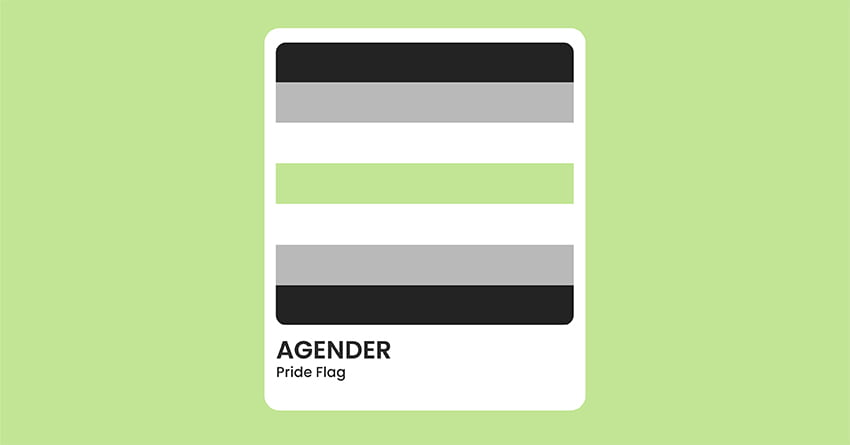
The Agender Pride Flag represents the agender people, who identify themselves as genderless. Some of the people under this spectrum decided to have no gender at all because there’s no specific term for them.
Behind the Design:
The agender flag was created by a Tumblr user named Salem X. It consists of the following colors:
- Black and white stripes represent a lack of gender.
- Green stripe in the middle represents non-binary gender. This is because green is an inverse of purple, a color that symbolizes both femininity and masculinity.
-
₱4,299.00
-
₱4,490.00
-
₱4,999.00
-
₱4,490.00
2Aromantic Pride Flag
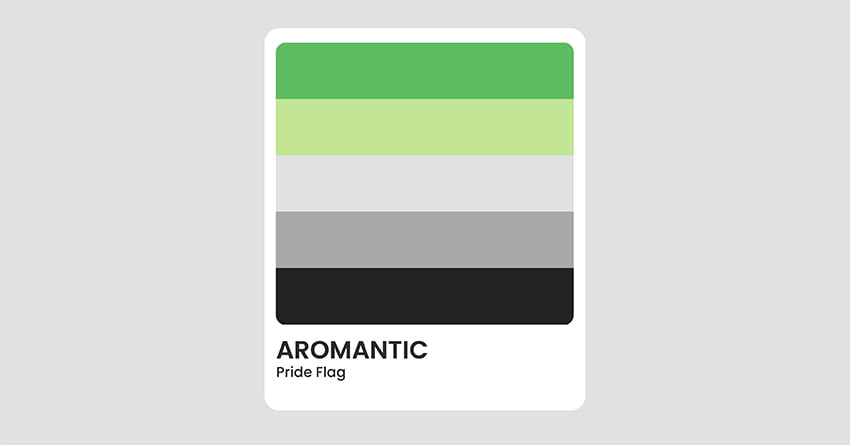
The Aromantic Pride Flag represents the aromantic people. People under this gender identity who don’t experience romantic attraction. They’re not necessarily incapable of feeling love, as some of them experience familial love and platonic love. It’s just that when it comes to the romantic-type of love, they feel disconnected from it.
Behind the Design:
This pride flag was designed by a Tumblr user from Australia named Cameron. The striped flag showcases five colors:
- Dark green for aromanticism.
- Light green representing the aromantic spectrum.
- White for platonic/aesthetic attraction.
- Grey for grey-aromantic/demiaromantic people.
- Black for the sexuality spectrum.
3Asexual Pride Flag
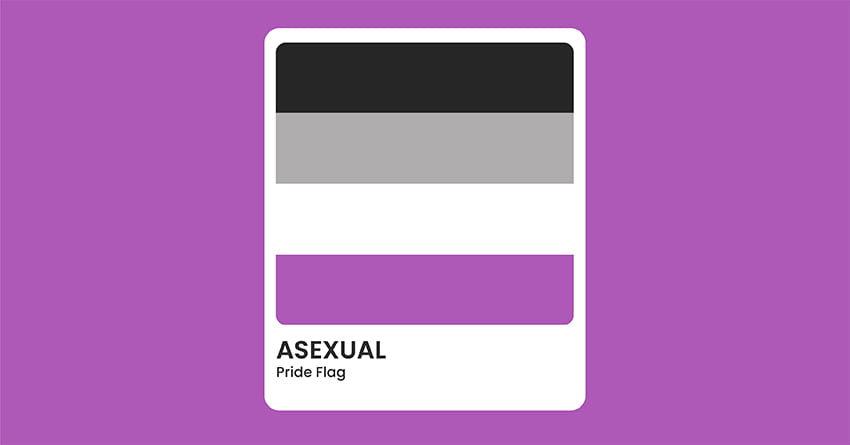
This 4-striped pride flag represents asexuality. People under the spectrum have a lack of sexual attraction to all genders. This doesn’t necessarily mean that they don’t have sex. Some of them do it as a way to maintain a bond with their partners. It’s just that they’re not enticed as most people do when it comes to sexual activities.
Behind the Design:
This pride flag was established back in 2010 when the Asexual Visibility and Education Network (AVEN) held a contest. The contest is all about creating a pride flag for those who identify themselves as asexual. After a couple of submissions, the winning design was submitted by “standup”, one of the members on the said network. It consisted of a stripe design with 4 colors:
- Black for asexuality.
- Gray for grey-asexuality/demi-sexuality.
- White for non-asexual partners/allies.
- Purple for the community.
-
₱4,745.00
-
₱10,720.00
4Bisexual Pride Flag
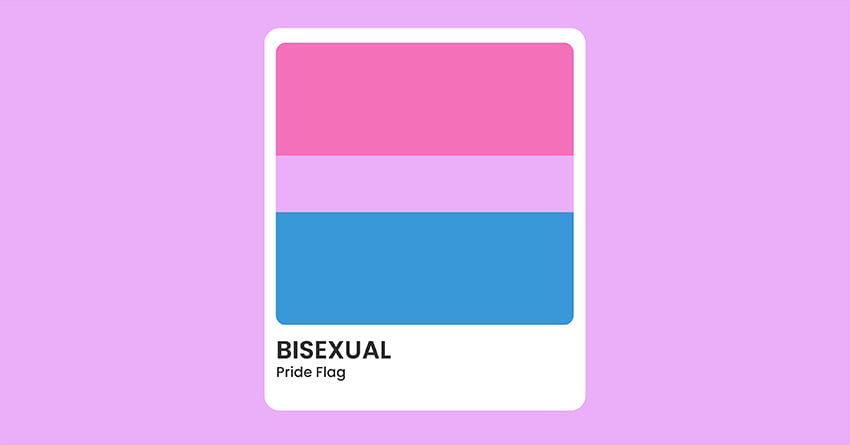
This vibrant pride flag represents bisexuality. People under this spectrum can feel physical or romantic attraction to two genders. The term was originated by combining the word sexual and greek prefix “bi” which means two.
Behind the Design:
Unlike the other pride flags on the list, the bisexual pride flag wasn’t established on Tumblr. It was created back in 1998 by Michael Page, as he wanted to establish bisexuality independently. He made the flag while working at BilNet USA, a non-profit organization. He then unveiled it at BiCafe, a website about bisexuality.
As for the colors, the blue and pink shades represents sexual attraction to the opposite sex only (straight). As for the color purple, it represents sexual attraction to both sexes.
5Demisexual Pride Flag
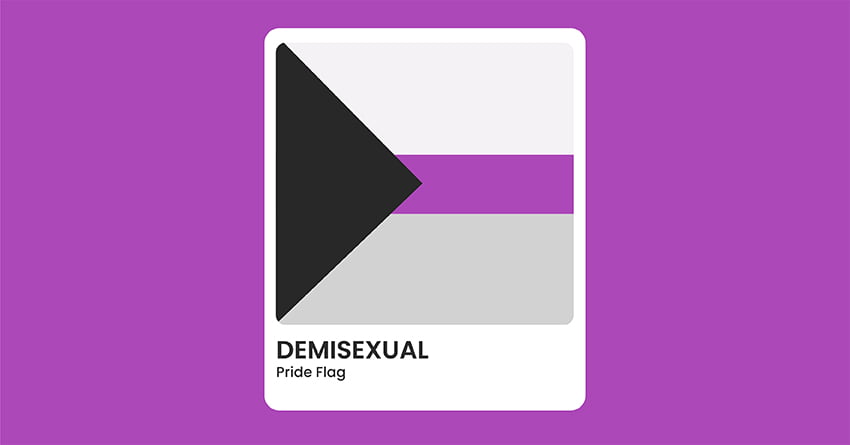
The Demisexual Pride Flag represents people who experience demisexuality. People under this spectrum can only feel sexual attraction to someone if they have a deep emotional connection with them.
Behind the Design:
Just by simply glancing on this flag, you may notice that the colors are similar to the asexual pride flag. Well, the reason for that is that demisexuality is connected to the asexual spectrum. The term ‘Demisexual’ was even coined from The Asexual Visibility and Education Network (AVEN), which created the asexual pride flag.
Yet, there’s no concrete information available about the creator of the demisexual flag. The only thing available is the meanings behind the colors. It featured 4 colors:
- Black for asexuality.
- Grey for asexuality/demi-sexuality.
- White for sexuality.
- Purple for community.
6Genderfluid Pride Flag
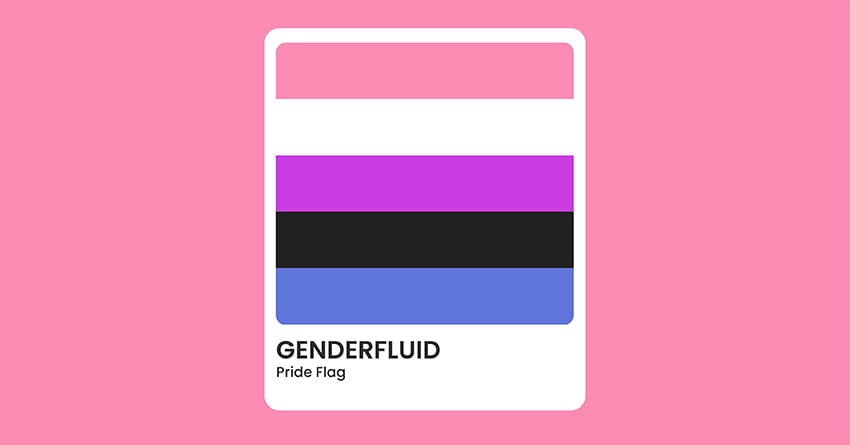
The Genderfluid Pride Flag represents people who identify themselves as Genderfluid. They have a flexible gender identity. Similar to agender and genderqueer folks, they don’t identify themselves as strictly male or female. The difference with them though is that their gender identity can change over time.
Behind the Design:
This pride flag was created by JJ Poole back in 2012 and features five colors:
- Pink for femininity.
- Blue for masculinity.
- Purple for both femininity and masculinity.
- Black for the lack of gender.
- White representing all genders.
-
₱6,745.00
-
₱2,945.00
-
₱7,204.00
-
₱8,745.00
7Genderqueer Pride Flag
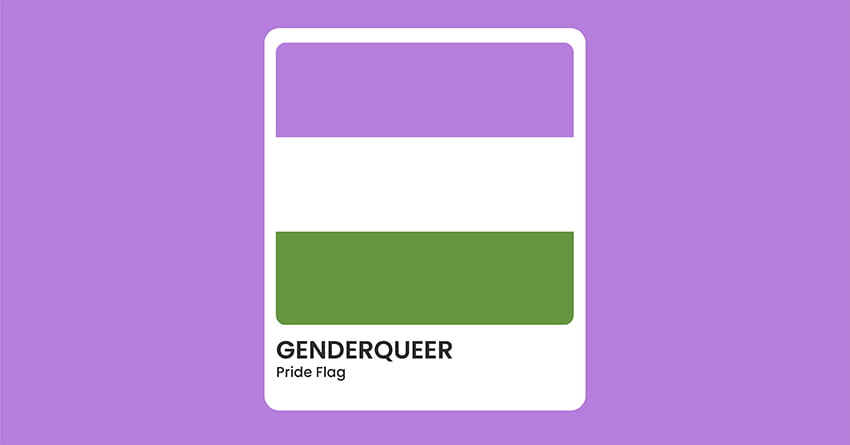
The Genderqueer pride flag represents people under the genderqueer spectrum. People who identify themselves as genderqueer don’t particularly have one gender, and may even have a combination of various genders. They also often see gender and sex as separable aspects of a person, identifying themselves as a female man, male woman, etc.
Behind the Design:
The genderqueer pride flag was designed in 2011, by a genderqueer writer and advocate named Marilyn Roxie. The 3-striped flag features lavender for both femininity and masculinity, as well as queer identities.
8Gender Questioning Pride Flag
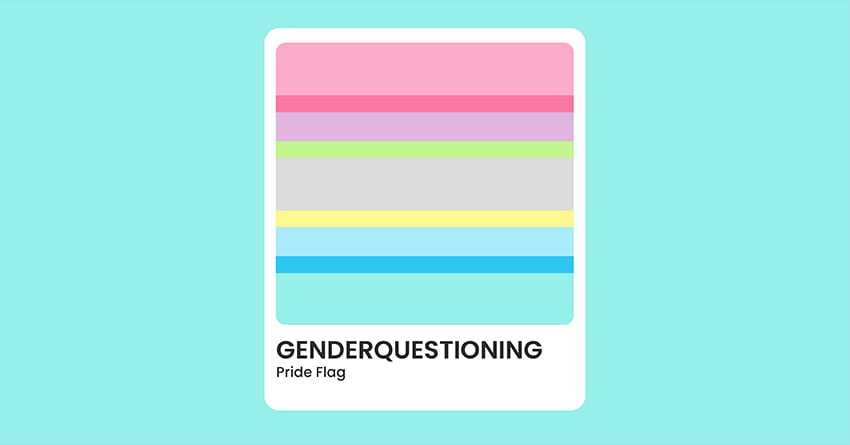
The Gender Questioning Pride Flag is for people that are still learning about their gender, or romantic orientation. It can happen at any age, and the process can take from days up to years.
Behind the Design:
There are several versions of this pride flag but the most known is the flag made by Enbygsrd on DeviantArt back in 2016. Ironically, the creator of the flag posted the flag without description, leaving people questioning its meaning.
-
₱12,600.00
-
Original price was: ₱14,995.00.₱10,496.50Current price is: ₱10,496.50.
-
₱2,695.00
-
Original price was: ₱5,795.00.₱2,897.50Current price is: ₱2,897.50.
9Intersex Pride Flag
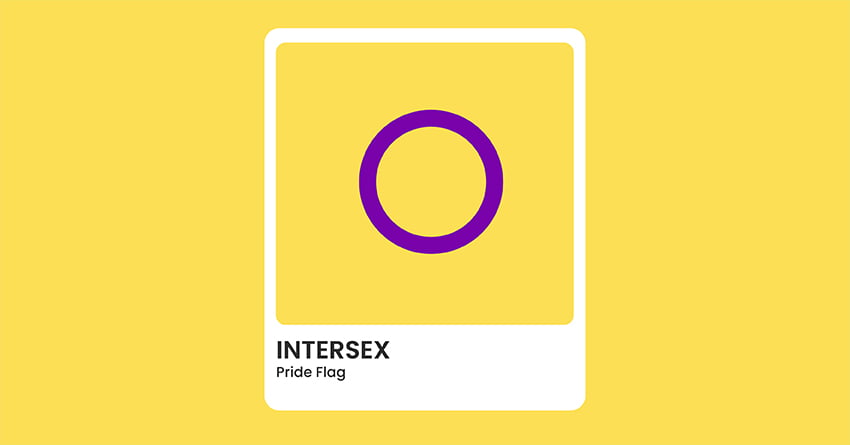
Most of the pride flags you’ve seen on the list feature a striped design, but here’s something different. The Intersex Pride Flag represents people who are born with physical sex characteristics that fall outside the strict definitions of male/female bodies. The people under this spectrum may be born with both female and male sexual organs or have genitals that look different as compared to their expected appearance.
Behind the Design:
It was created in 2013 by Morgan Carpenter, the former co-chair of Organization Intersex International Australia. The flag featured a yellow background which is known as a gender-neutral color. On the center, it shows a purple circle—purple color because it’s usually seen as a gender-neutral color and features a circle shape, representing wholeness and completeness of the intersex people’s potentiality.
10Lesbian Pride Flag
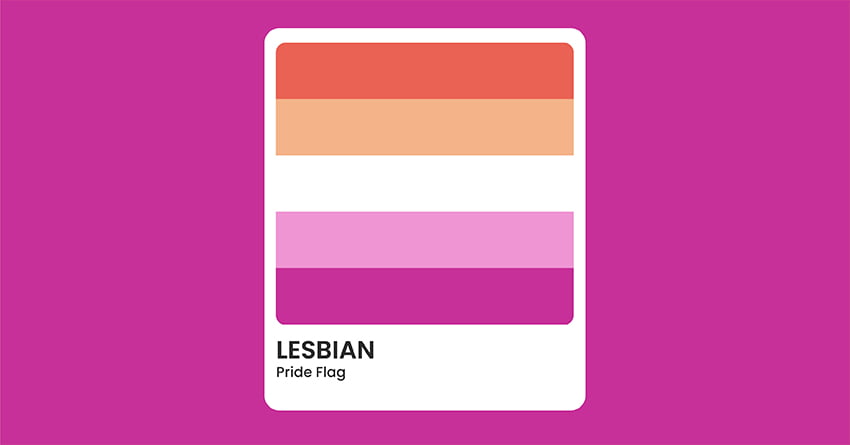
If you’ve searched about lesbian pride flag before, you’ve probably seen a flag with a kiss mark superimposed on a striped background of red and pink colors. That particular flag was made and unveiled on a weblog in 2010—it was meant for lipstick lesbians and only represents a small unit of the spectrum.
With that in mind, the lesbian community modified the said flag, removing the kiss mark design on it. The updated flag was then unveiled on medium.com, establishing the said flag as “A Lesbian Flag for Everyone.” Though some are still using the previous version of the lesbian flag, the modified lesbian pride flag is becoming more popular as time went on.
Behind the Design:
This pride flag features warm shades of orange, white, and purple. Its 7-striped design represents the following:
- Red-orange for gender non-conformity.
- Orange for independence.
- Pastel orange for the community.
- White for unique relationships to womanhood.
- Lavender for serenity & peace.
- Purple for love & sex.
- Violet for femininity.
11Non-Binary Pride Flag
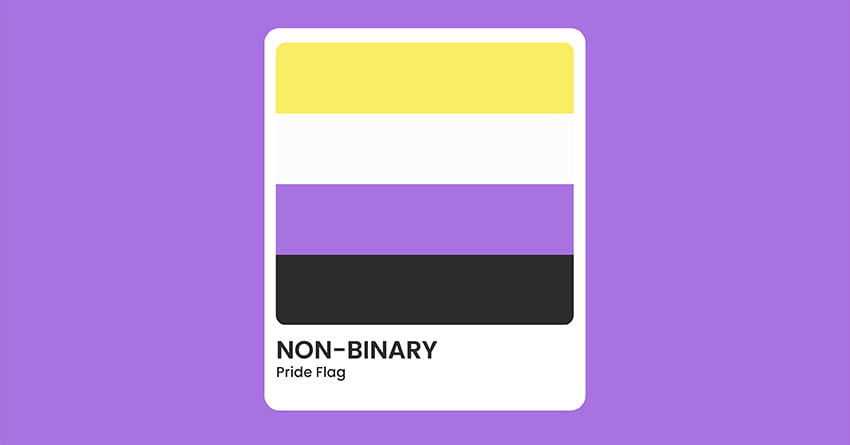
The Non-Binary Pride flag represents people who identify themselves as non-binary. Their gender identity isn’t fitting to traditional male or female binary.
Behind the Design:
The 4-striped pride flag was created by Kye Rowan. It features four colors:
- Yellow for people whose genders fall outside to the binary.
- White for people with many or all genders.
- Purple for people with mixed-gender identities.
- Black representing people who feel they don’t have a gender.
-
₱6,745.00
-
₱2,745.00
-
₱4,745.00
-
Original price was: ₱3,485.00.₱2,439.50Current price is: ₱2,439.50.
12Omnisexual Pride Flag
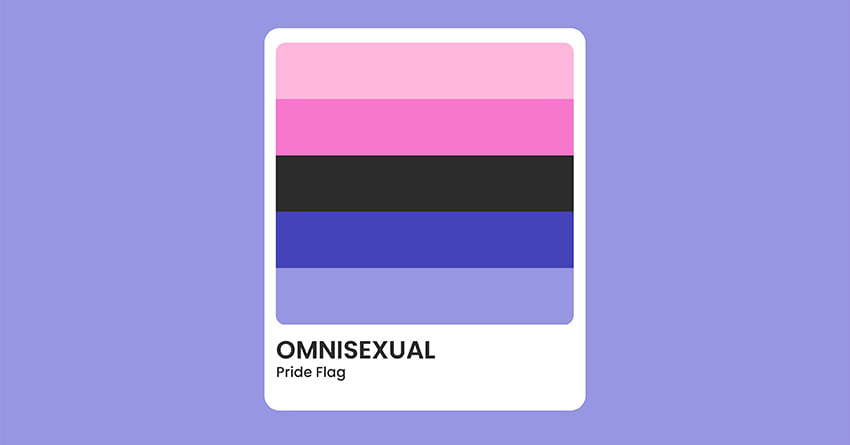
The Omnisexual Pride Flag represents people who are under the omnisexuality spectrum. When you’re an omnisexual, you tend to be attracted to all genders but still acknowledge the person’s gender identity and/or expression.
Behind the Design:
This pride flag features pink and blue shades, representing an omnisexual’s attraction to both feminine and masculine people. In the center, the black stripe stands for other genders.
13Pangender Pride Flag
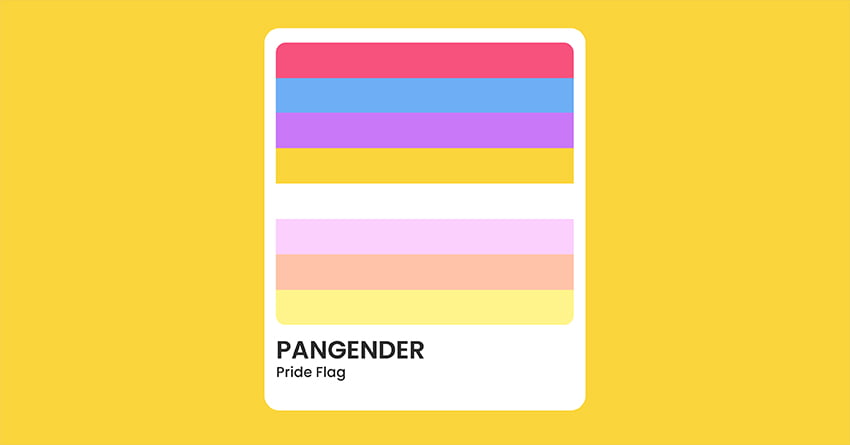
The Pangender Pride Flag represents people who embrace all genders. They usually feel an entire infinite gender spectrum and can be attracted to anyone, regardless of their gender.
Behind the Design:
This flag has tons of stripes, as compared to other flags. It features the following colors:
- Yellow shades which signify genders that are not related to the female/male spectrum.
- Shades of red and violet, representing the transition to masculine and feminine genders.
- Violet-pink symbolizing both femininity & masculinity.
- White stripe on the center to show the combination of all colors.
-
₱249.00
14Pansexual Pride Flag
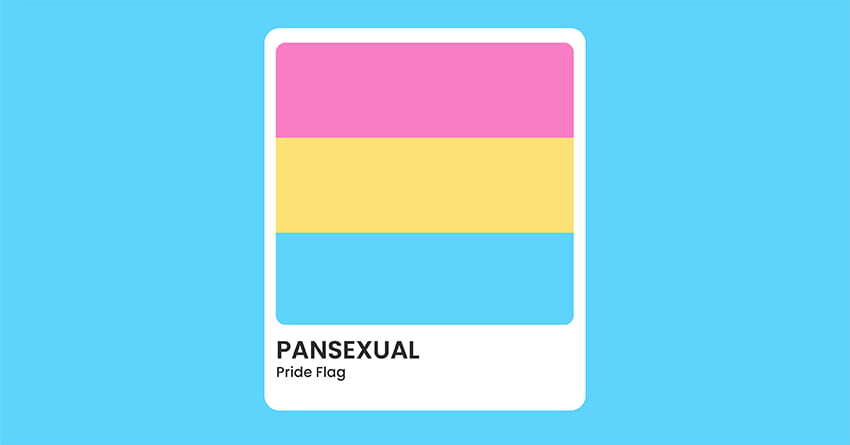
This 3-striped pride flag represents pansexual people. They can get attracted to anyone regardless of that person’s gender identity and/or expression.
If you’ve checked the omnisexual section above, you might be thinking that they are the same but it’s not. The difference between pansexual and omnisexual people is that pansexuals don’t acknowledge their partner’s gender identity. They just tend to blindly get attracted to them without the need to learn further about their sexual orientation.
Behind the Design:
There’s no specific creator that we can credit on this flag. But according to numerous sources, this flag started circulating around 2010. It features the following colors:
- Pink to symbolize attraction to people who identify themselves as female
- Yellow representing attraction to those who identify themselves as non-binary.
- Blue stripe to symbolize attraction of those who identify themselves as male.
15Polyamorous Pride Flag
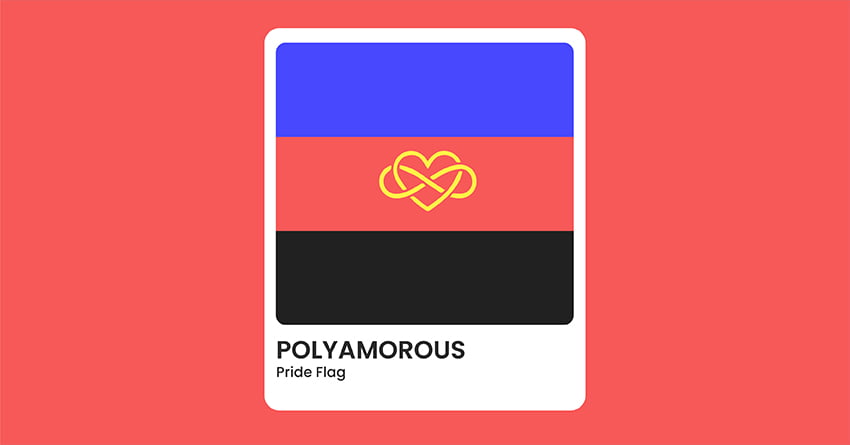
We’ve been talking about gender identities surrounding out-of-the-norm attraction. Here’s something that focuses on the number of people you can get attracted to.
The Polyamorous Pride Flag represents people who can love multiple people and be involved in multiple relationships. Now you might be thinking—isn’t this cheating? Well, that’s not what polyamory is. People who are in polyamorous relationships have mutual consent and have set up boundaries.
Behind The Design:
The polyamorous flag is just one of those pride flags that have symbols superimposed on it. It features a 3-striped background, having a heart-infinity design in the center of it. The heart design represents infinite love for multiple partners at the same time. As for the colors, here are its meanings.
- Blue for the openness of all parties involved in the polyamorous relationship.
- Red for love/passion.
- Black for solidary with those who hide their polyamorous relationships due to societal standard.
16Polysexual & Polyromantic Pride Flag
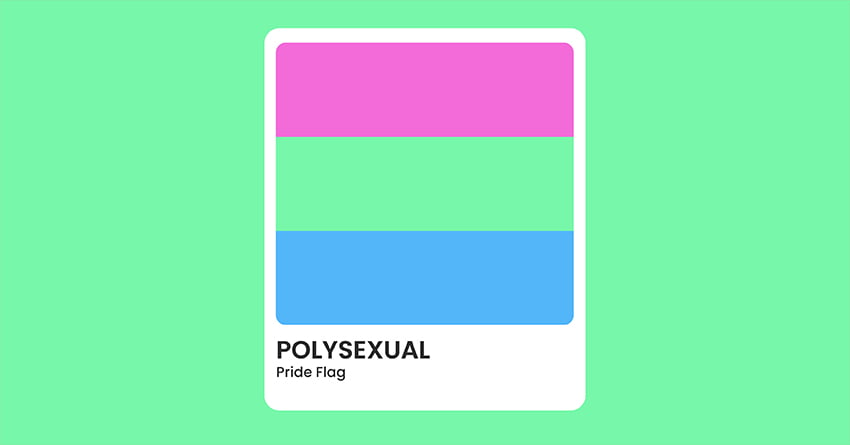
This 3-striped flag represents people who identify themselves as polysexual. Under this spectrum, you’re sexually attracted to multiple people. It’s also the flag for polyromantic people, someone who can be attracted to multiple people.
Behind the Design:
This flag was made by a Tumblr content creator named Samlin. According to Samlin, the colors and design of the flag are based on the pansexual and bisexual flags. It features 3 stripes of colors:
- Pink for attraction to female-identified people.
- Green for attraction to people whose sexual identities are outside the male-female binary.
- Blue for attraction to male-identified people.
-
₱1,195.00
-
₱1,195.00
-
₱1,195.00
-
₱1,295.00
17Rainbow Pride Flag
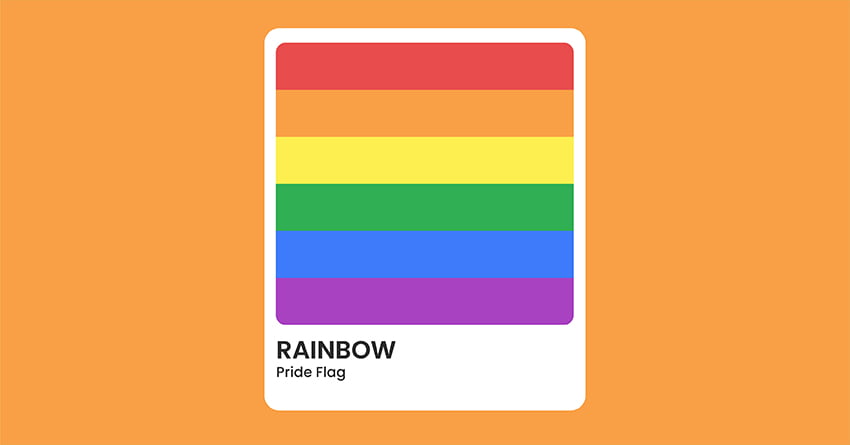
If you’ve been following LGBTQA+ channels on social media or tried joining a pride parade, you will surely see people waving this flag. The Rainbow Pride Flag is the mother of all pride flags, as it represents the whole LGBTQA+ community.
Behind the Design:
This pride flag was created by a drag queen named Gilbert Baker. It was first unveiled in the San Francisco Gay Freedom Day Parade on June 25, 1978. Baker made this flag because of Harvey Milk. The politician asked Baker to come up with a symbol for the gay community. Originally, the color pink was included on the flag, but due to the shortage of pink fabric, it was removed a year later.
Once the flag is made and is flown on the said parade, Milk was assassinated, sparking an outrage to the gay community—the demands for the flag quickly increased. It features 6 colors:
- Red for life.
- Orange for healing.
- Yellow for sunlight.
- Green for nature.
- Blue for harmony/peace.
- Violet for spirit.
18Ally Pride Flag
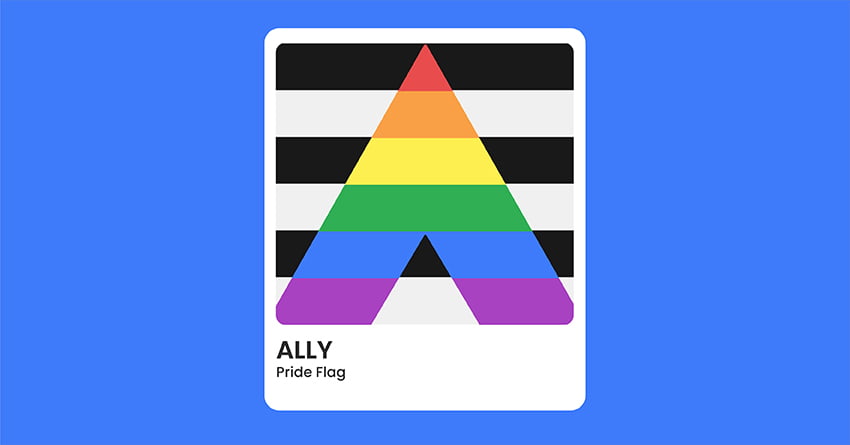
What’s great about the LGBTQA+ community is that they give representation to anyone. Even if you’re someone straight but is an ally to the said community, you are seen. There’s even a pride flag that represents the straight allies. The Ally Flag was created in the late 2000s and is made for heterosexual and/or cisgender people who support gender equality, equal civil rights, and fights along with the LGBTQA+ against discrimination.
Behind the Design:
There’s no specific creator for this flag. It features an A-shaped rainbow design superimposed on the black-and-white bar background. The A shape stands for Allies, while the rainbow color represents the whole LGBTQA+ community. As for the black and white stripes, it represents heterosexual and/or cisgender people.
19Transgender Pride Flag
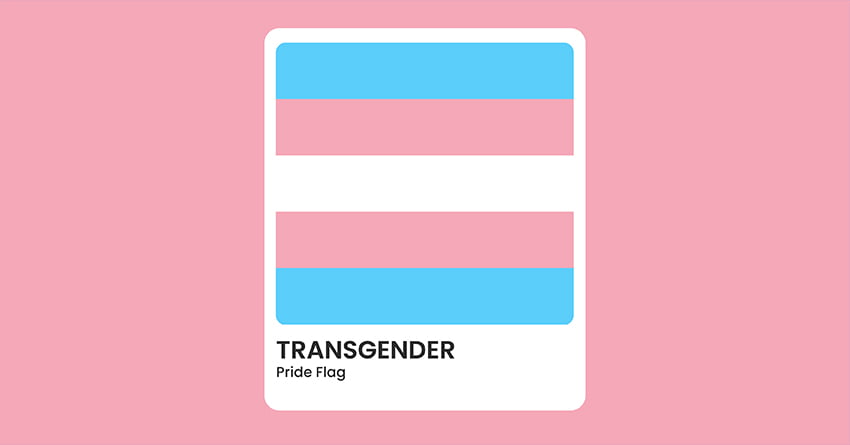
The Transgender Pride represents people who identify themselves as transgender, someone whose gender identity doesn’t align with their biological sex. Monica Helms, a transgender Navy veteran, created this flag back in 1999. She then unveiled it a pride parade in Phoenix in 2000.
Behind the Design:
According to Helms, the design and colors were carefully chosen, ensuring that this flag perfectly represents the transgender community. It features 5 stripes with 3 colors:
- Light blue representing the traditional color for boys.
- Light pink showing the traditional color for girls.
- White representing those who are transitioning, intersex, and/or identifying themselves as neutral (undefined gender).
20Trigender Pride Flag
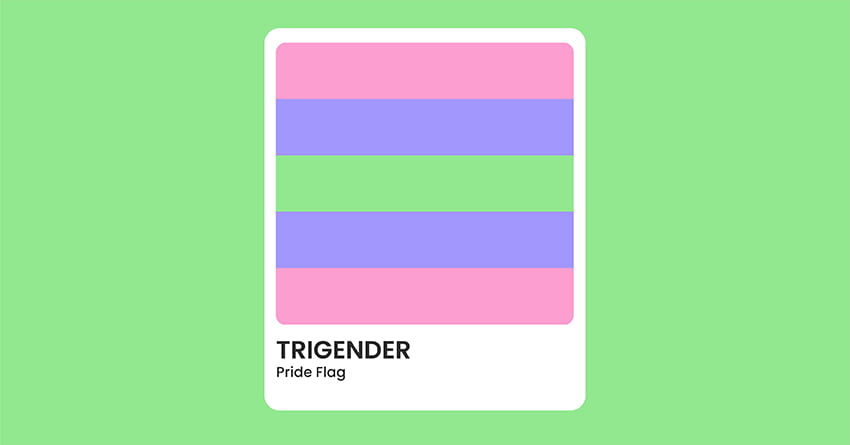
The Trigender flag represents people who identify themselves as trigender. Under this spectrum, you can experience three gender identities. It can be either changing it over time or simultaneously. It’s pretty like the genderfluid or genderqueer identities with minor differences.
Behind the Design:
Unfortunately, there’s no specific creator on this flag. There are no official meanings to the colors of the said flag, which features pink. blue, and green bars.
Takeaway
There are different pride flags that represent various gender identities. Though for some people might find this confusing, take some time to learn the stories behind the flags as well the messages it represents. For you, it might be a simple flag, but for people under the LGBTQA+ community, it’s a symbol of hope for gender equality.
Are you part of the LGBTQA+ community? A supportive straight ally? In line with pride month, we encourage you to bring awareness to the different gender identities and share this pride flag guide. Happy pride!
